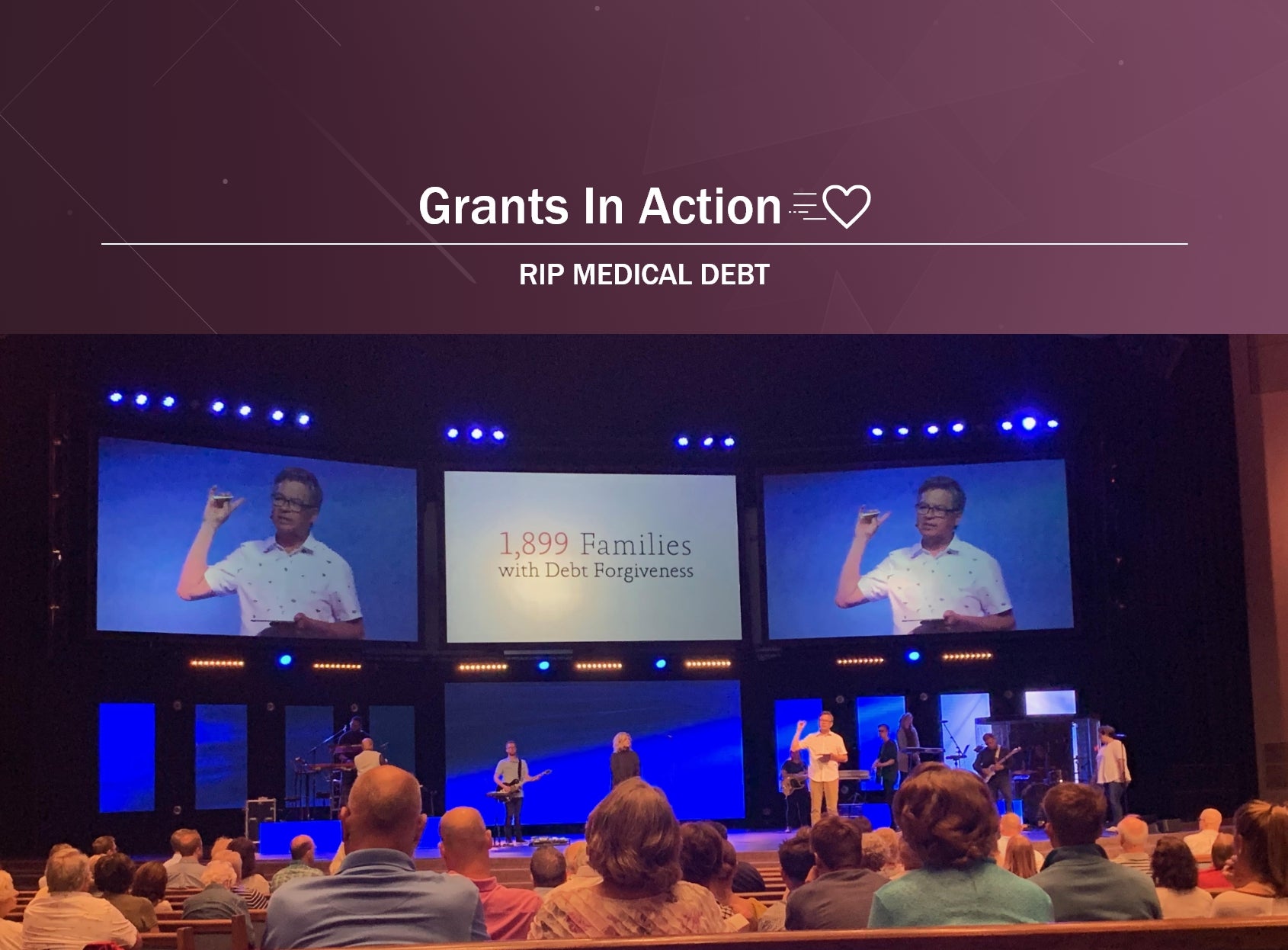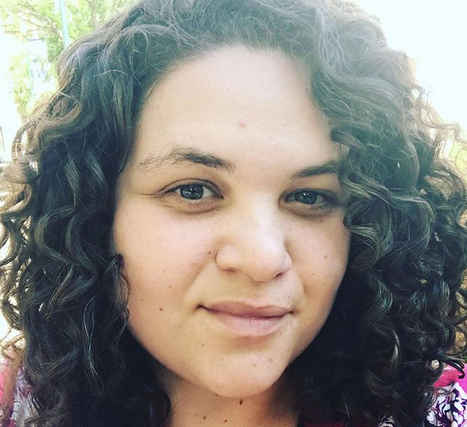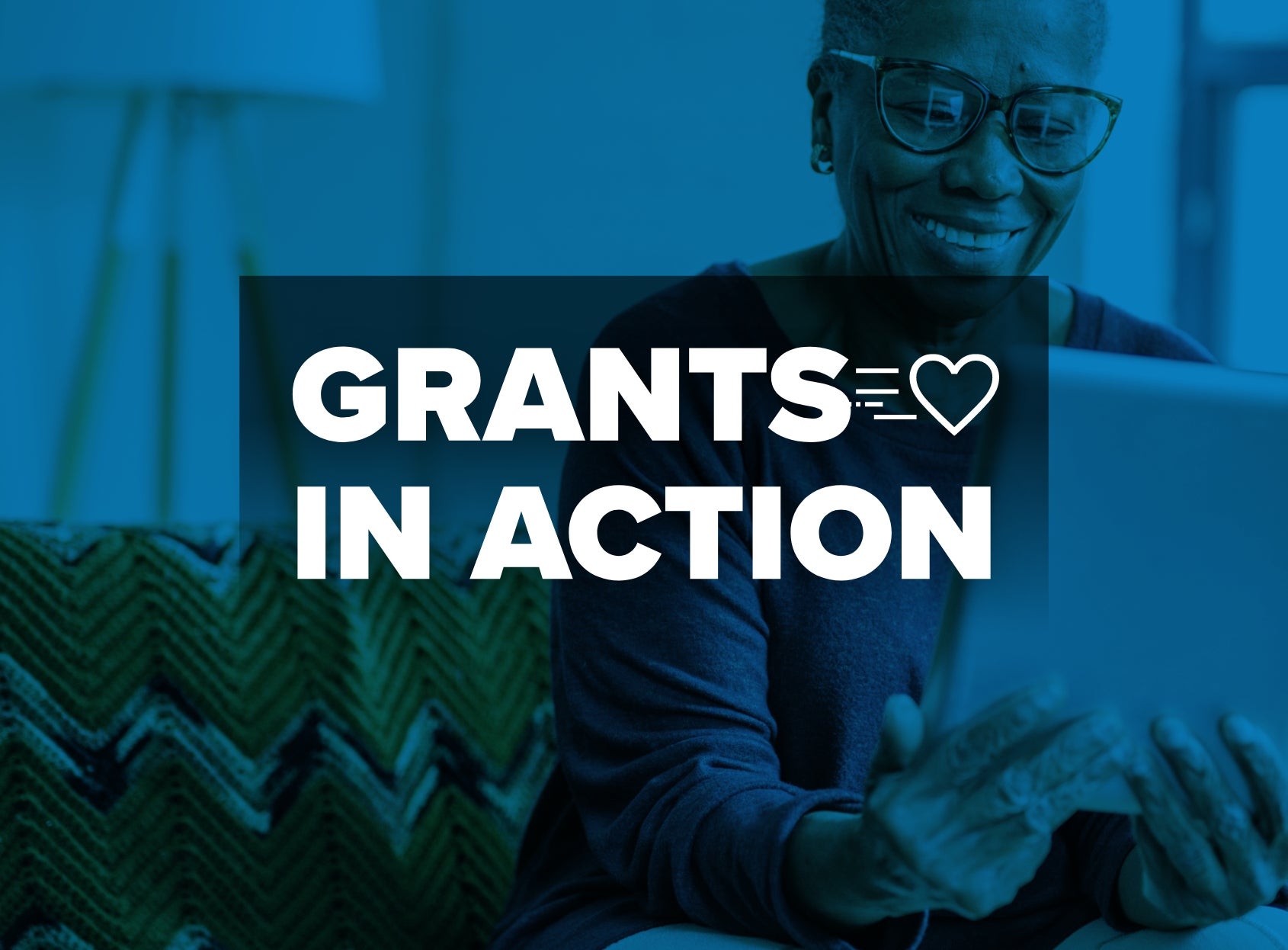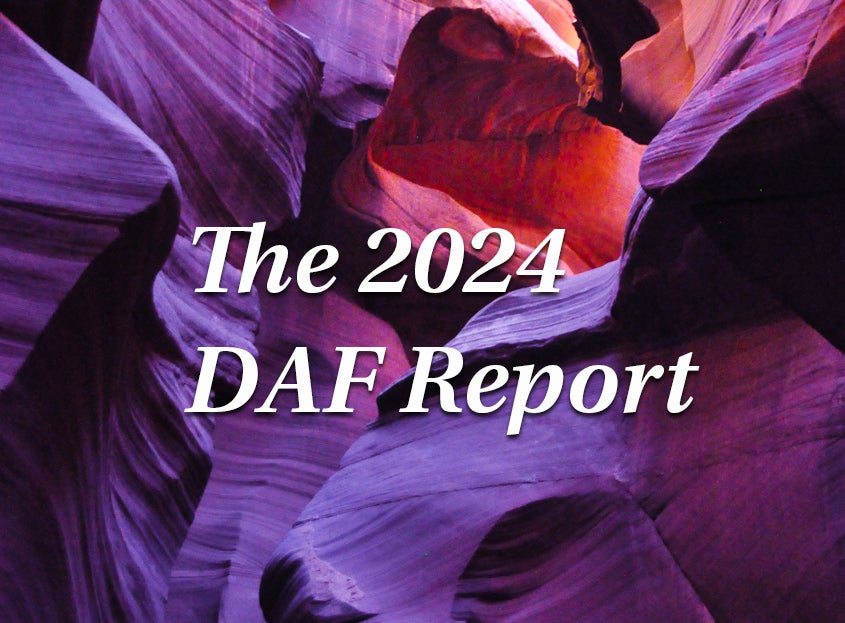How RIP Medical Debt Turned a Viral Moment Into a Lasting Legacy
National Philanthropic Trust’s donors recommend thousands of grants every year. Grants In Action highlights the breadth of causes and organizations NPT’s donors are supporting with grant recommendations from their donor-advised fund accounts.

During a 2016 segment on the Emmy-winning series Last Week Tonight, host John Oliver joked, “Nothing good happens in Excel.” The comedian was referring to the debt collections industry practice of bulk purchasing consumer debt information like names, social security numbers and contact information (yes, often housed in spreadsheets) for minimal amounts, and then either collecting on that debt or reselling it to another collector.
This inspired Oliver and his team to create their own debt buying company. They did this to erase millions of dollars’ worth of medical debt, but it was only possible with the assistance of the nonprofit organization RIP Medical Debt.
The show’s stunt “really shed a light on the industry and gave RIP Medical Debt a spotlight as leaders working in the space of charitable debt relief…that this model is working,” says Scott G. Patton, RIP Medical Debt’s Vice President of Development.
While Last Week Tonight may have been their “foundational media moment” (the segment was so popular it temporarily broke their website), the organization’s story started back in 2014 with founders Jerry Ashton and Craig Antico.
The pair — who were once collections industry executives themselves — wanted to use their knowledge to relieve debt instead of collecting on it. They did this by purchasing medical debt and using donor funds to pay the debt on behalf of the patient. Because of the way medical debt is sold and discounted, one dollar donated to RIP relieves $100 worth of debt.
Between 2018 and 2022, RIP Medical Debt received $11.7 million in grants through DAFs. The organization is using this and other funding to erase billions in medical debt.
After obtaining these spreadsheets, RIP Medical Debt, based in New York City, puts them through a qualification data process that, as Patton points out, “finds those in the portfolio who sincerely cannot pay.”
In order to qualify, recipients must earn less than 4 times the federal poverty level (based on family size) or have debt that amounts to five percent or more of their annual income. The latter, Patton says, is especially important for those who are in “danger of poverty…even people with means and insurance can get into a hole with medical debt.”
Patton puts it simply: “Medical debt can create poverty.” Medical debt, as he notes, can also drop someone’s credit score, cause them to have their wages garnished, delay further medical care, or even be forced to choose between essentials like food and housing. “This can be a death knell for someone already struggling to make ends meet.”
The statute of limitations on boundaries around collectability of medical debt can vary from state-to-state, putting some people in an endless loop of financial struggle. According to a 2022 report by CNBC, 100 million Americans have healthcare debt and 10 percent owe $10,000 or more.
In under a decade, RIP Medical Debt reported that they have relieved more than $7 billion for over 4 million families across America. Patton attributes this to the unique multiplier effect, which is “a hundred times greater than the donation that’s provided, because of the way the industry is organized.”
A $1,000 donation can relieve $100,000 of medical debt and a $10,000 donation has a $1 million impact. That prospect has resonated with individual donors, as well as groups like giving circles and congregations. “Rather than doing one thing for one person, you can have exponential impact on thousands of people,” Patton says, adding, “Funding that is necessary to produce a substantial impact can be done at any [financial] level.”
That powerful ROI motivates donors who give via donor-advised funds (DAFs). Between 2018 to 2022, the organization received $11.7 million from DAF donors.
Grants from DAFs have increased substantially in the last five years. The organization processed about 200 grants from DAFs in 2018, but more than 1,000 in 2022. Patton says RIP Medical Debt saw many DAF donors come out in 2020 in support of RIP’s Helping COVID Heroes Fund, which wiped out debt for essential frontline workers at the height of the pandemic.
While mass medical debt is a uniquely American problem, Patton points out that the support of donors, particularly those who take on the increasingly popular approach of unrestricted giving, “allow us to address the medical debt issue where it’s needed the most…that’s where the greatest impact of their contribution is driven.”
Photo above: Grand Rapids First Church, Grand Rapids, Michigan. Many religious congregations have partnered with RIP Medical Debt.
NPT is not affiliated with any of the organizations described herein, and the inclusion of any organization in this material should not be considered an endorsement by NPT of such organization, or its services or products.
NPT does not provide legal or tax advice. This blog post is for informational purposes only and is not intended to be, and shall not be relied upon as, legal or tax advice. The applicability of information contained here may vary depending on individual circumstances.


